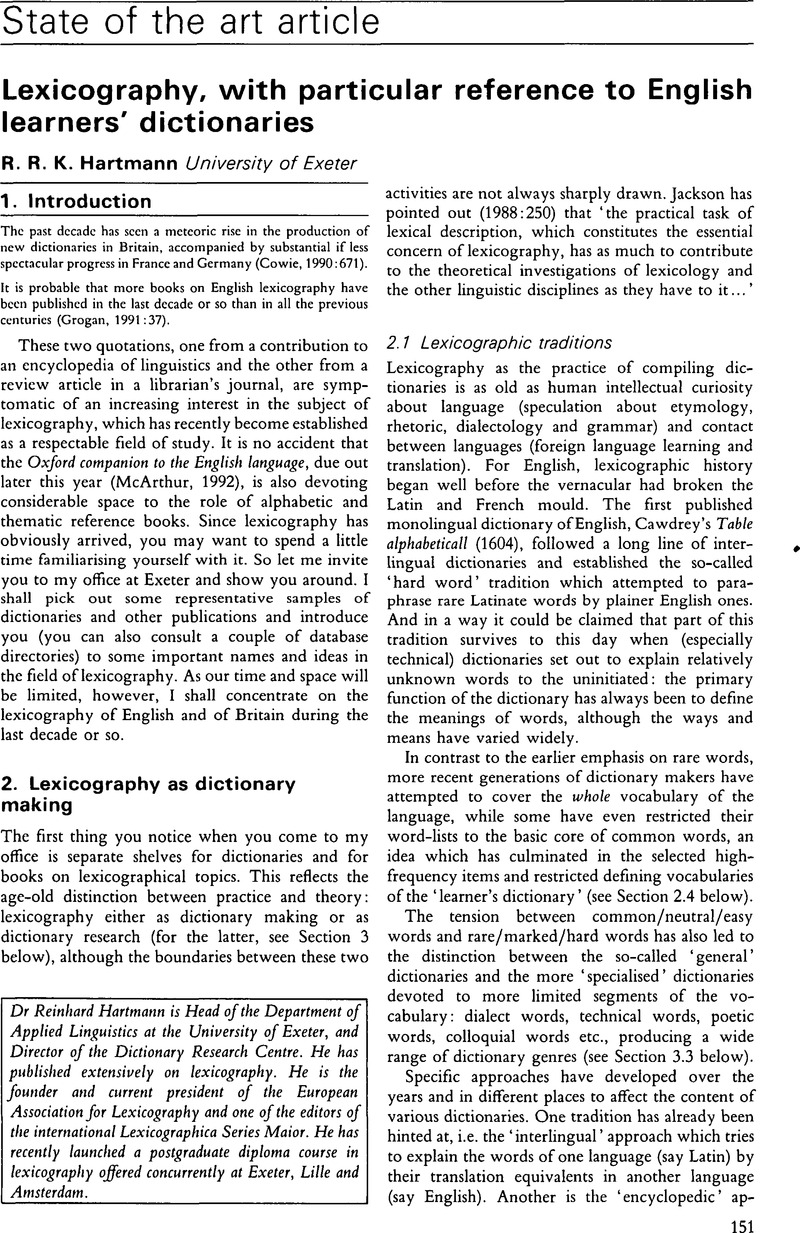Crossref Citations
This article has been cited by the following publications. This list is generated based on data provided by Crossref.
Jaszczolt, Katarzyna
1995.
Typology of contrastive studies: specialisation, progress and applications.
Language Teaching,
Vol. 28,
Issue. 1,
p.
1.
Jaszczolt, Katarzyna M.
1995.
Handbook of Pragmatics.
p.
561.
Li, Rui
and
Hansen, Annette Skovsted
2018.
A remarkable compilation shift.
Historiographia Linguistica,
Vol. 45,
Issue. 3,
p.
263.
Jaszczolt, Katarzyna M.
2022.
Handbook of Pragmatics.
p.
1499.
Li, Rui
2022.
From Mandarin to Cantonese Lexicography.
Historiographia Linguistica,
Vol. 49,
Issue. 2-3,
p.
235.



